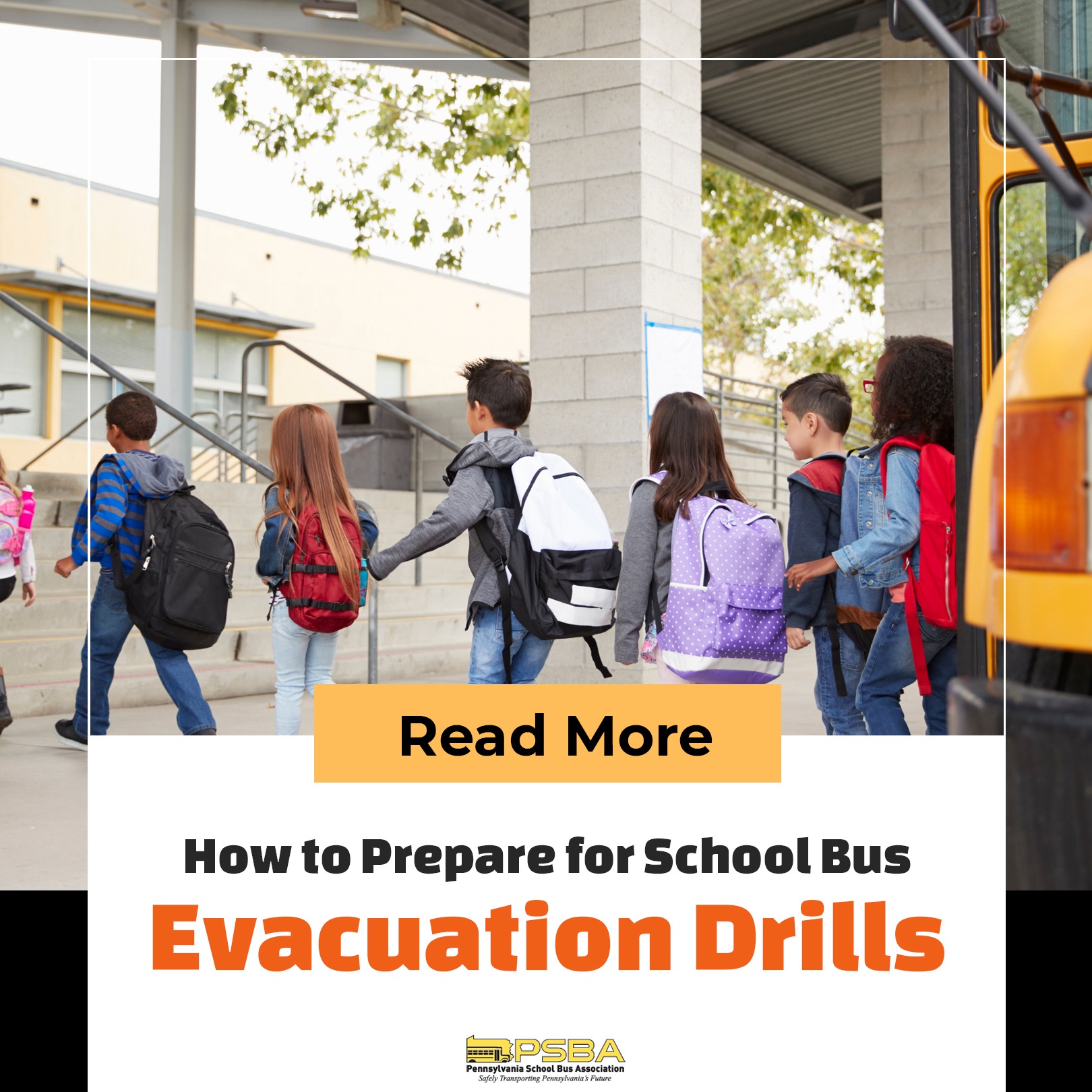School systems do everything they can to ensure the safety of the entire school body. School building evacuation drills are an essential part of a school program. These drills are typically conducted once or twice every school year, depending on the state or the school administration. But you may have also heard of school bus evacuation drills, which are also as important as school building evacuation drills.
Due to an increased number of schoolchildren being transported and the rising number of road accidents on the streets and highways, students should also be made aware of their roles and responsibilities. Thus, they need to know how to vacate a school bus properly when an emergency arises. To evacuate the school bus means to leave the bus quickly and safely.
Before getting to know whether Pennsylvania conducts school bus evacuation drills and how they are conducted, the Pennsylvania Vehicle Code defines a “school bus.” This code is designed to carry at least 11 passengers, including the driver, and used to transport pre-primary, primary, or secondary school students to or from the public, private, or parochial schools, campus events, or school-related activities.
Pennsylvania School Code requires that all school entities that use or contract school buses for transporting students to and from school shall conduct school bus evacuation drills twice every school year. The first drill will occur during the first week of the school term and the second during March. They may also be conducted at other times that the school administration’s head (“chief school administrator”) may require. Every school bus evacuation drill shall include:
- Instructions on location.
- Use of emergency exit doors and fire extinguishers.
- Proper evacuation of the bus.
Every fall season, the Pennsylvania Department of Education (PDE) will report on its website (which is accessible to the public) a listing of schools that have not complied with the reporting requirements for the previous school year.
Bus operators who provide transportation to students shall be equipped with proper instruction and training to conduct such drills. These drills will prepare them for real-life situations and emergencies. School bus drivers shall also be given emergency equipment – from first-aid kits to fire extinguishers – which will familiarize and demonstrate to the students to use these items on the school bus.
For the students, they need to hear what the bus driver is saying or instructing. If the bus is noisy, students will not hear what the bus driver is telling them to do. It is also imperative for them to properly follow and familiarize themselves with the emergency procedures in each drill to know what they should do (and not feel panic) when an emergency arises. Evacuation drills are practiced at the bus’s rear door, side door, or split door, or when the bus is rolled over.
School bus drivers also assign monitors or assistants to help students leave the bus quickly, properly, and safely. Usually, there are two sets of monitors – one for the rear door and the other for the side door. Students will also follow the same set of instructions in vacating the bus.
In actual situations where the bus needs to be evacuated, students should stay calm and listen to the bus driver. They should not feel panic, push or shove, grab fingers, or jump straight up (or they will hit their head). When students have to jump out of the bus, they shall bend their knees while doing so. By bending their knees, they will cushion the shock of landing on the ground.
Sometimes, doing school bus evacuation drills might appear boring or even exasperating, especially to the students. But if the students take time to remember these drills in the program – it is for their good and safety! Read this article to learn What Happens If a PA School Bus Driver Is In an Accident.
Are you ready to start your next career? Visit: https://schoolbushero.com/jobs for available jobs in your community TODAY!

